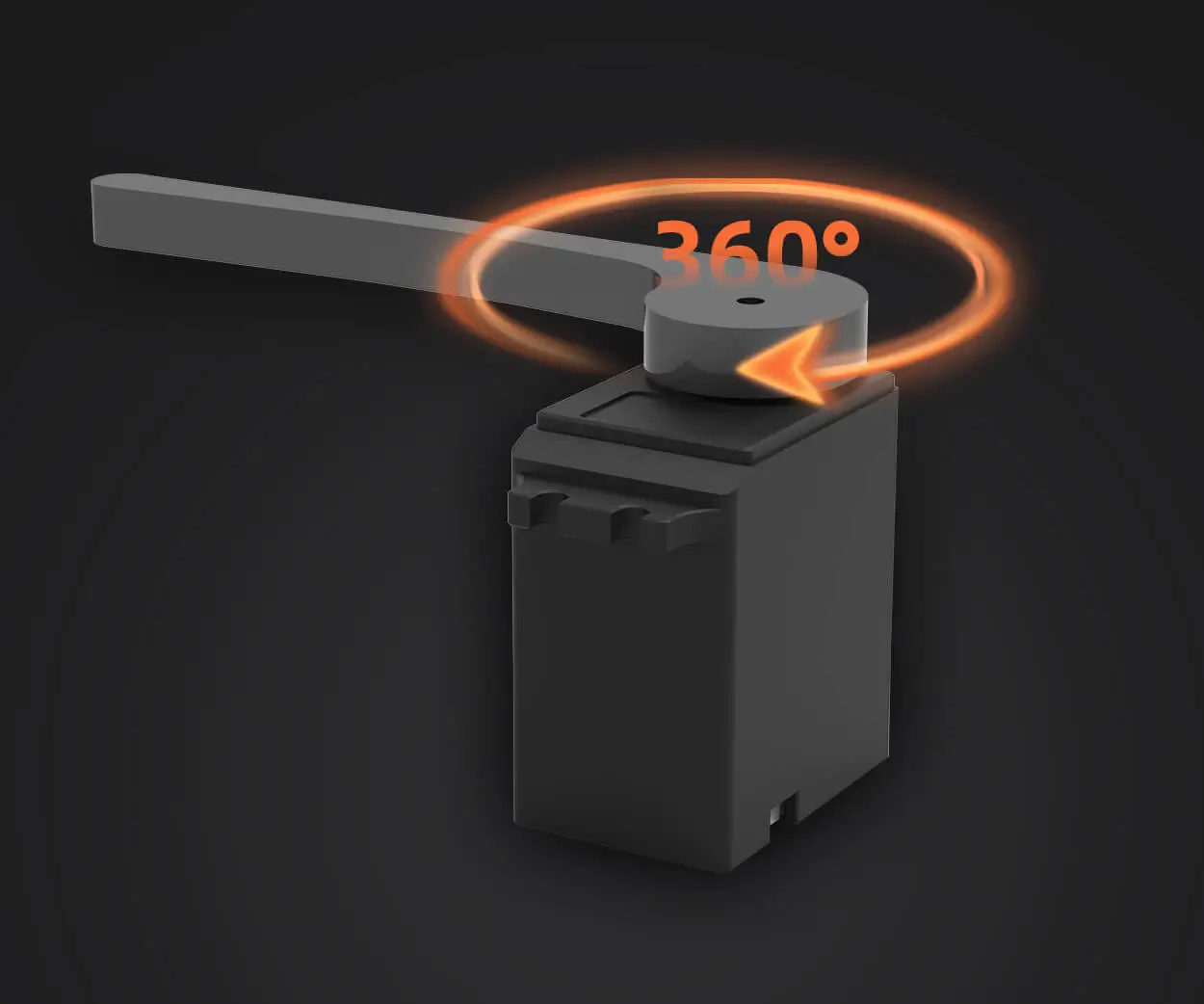Imagine juggling a dozen balls, some玻璃, some rubber. Keeping everything in the air without dropping a single one—sounds tricky, right? That’s kind of what managing microservices feels like nowadays. As the landscape of cloud-native solutions expands, choosing the perfect management tool becomes a pivotal decision, not just a mundane checkbox.

Many teams stumble into a whirlwind of options, each promising to make their lives easier. But what actually makes one tool stand out over another? Let’s cut through the noise. A good microservices management tool needs to do three things: simplify deployment, give clear insights into system health, and facilitate quick troubleshooting. Think of it as the dashboard of a highly complex spaceship—should be intuitive but packed with all the info you need at a glance.
Take a moment—what’s the biggest headache? Spotting bottlenecks? That’s where flexible monitoring comes in. The ability to drill down into logs, visualize performance trends, and swiftly identify anomalies can turn a potential disaster into a quick patch. For example, if a critical service slows down unexpectedly, can the tool tell you immediately what changed? Or do you end up sifting through endless logs? That distinction is what separates good tools from everything else.
Another piece of the puzzle is automation. Managing multiple microservices streams requires seamless integration and orchestration. Some tools shine here by offering auto-scaling, health checks, and even rollbacks—all in one place. That kind of automation isn’t just convenient; it’s a safeguard against human error and downtime.
But what about usability? Does the interface make sense? Can someone who isn’t deep into system internals have a shot at understanding what’s happening? Visual dashboards that present data in a digestible format matter a lot. Especially in critical moments, clear visuals help avoid knee-jerk reactions that could make things worse.
It’s also interesting how some tools excel in integrations. Creating a seamless workflow between your CI/CD pipeline, container environments, and monitoring systems can save hours of frustration. So, when evaluating options, ask yourself: Does this tool fit smoothly into your existing infrastructure? Will it grow with you, or become obsolete overnight?
Some might wonder—what’s the real difference? It boils down to how a microservices management tool balances control versus simplicity. A good tool doesn’t overwhelm with features but instead offers just enough to keep you in rapid control. It’s like a well-organized toolbox: everything you need, nothing you don’t.
In the end, no single choice is universal. Your environment, your team’s workflow, your goals—those shape what’s truly valuable. Picking a microservices management tool isn’t just about features. It’s about aligning with your process. Because, let’s be honest, managing microservices can sometimes feel like conducting an orchestra—messy without the right conductor. Find that conductor, and everything falls into harmony.
Established in 2005, Kpower has been dedicated to a professional compact motion unit manufacturer, headquartered in Dongguan, Guangdong Province, China. Leveraging innovations in modular drive technology, Kpower integrates high-performance motors, precision reducers, and multi-protocol control systems to provide efficient and customized smart drive system solutions. Kpower has delivered professional drive system solutions to over 500 enterprise clients globally with products covering various fields such as Smart Home Systems, Automatic Electronics, Robotics, Precision Agriculture, Drones, and Industrial Automation.




































